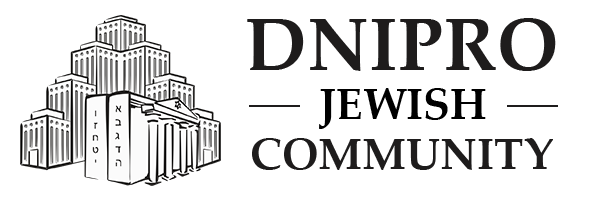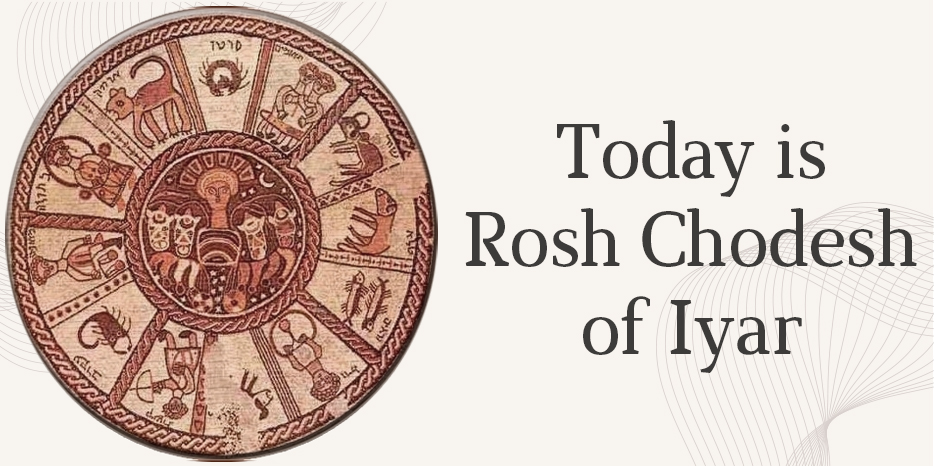Today marks the first day of Rosh Chodesh for the month of Iyar. The Rosh Chodesh of Iyar always lasts two days, as the preceding month of Nisan is always full, consisting of thirty days, and thus the thirtieth day of Nisan becomes the first day of Rosh Chodesh Iyar. The month of Iyar itself is always incomplete, lasting twenty-nine days.
It is believed that healing of illnesses is most effective in the month of Iyar, as it was during this time that the Jews who left Egypt began receiving the manna. The zodiac sign associated with Iyar is Taurus (the Bull), an animal that feeds on grass. In the Land of Israel, Iyar is the last month of the year when cattle can graze plentifully in the fields, as the intense summer heat that follows dries up the grass (the lush lawns and gardens found year-round in modern Israel are the result of great human effort and technological advances).
On the first of Iyar, many significant events occurred in Jewish history: King Solomon began the construction of the First Temple in Jerusalem, as it says: “And it came to pass in the four hundred and eightieth year after the children of Israel came out of the land of Egypt, in the fourth year of Solomon’s reign over Israel, in the month of Ziv, which is the second month, that he began to build the house of the L-rd” (I Kings 6:1). On the same date years later, as recorded in the Book of Ezra, the Jewish leaders who returned from Babylonian exile began rebuilding the Temple: “In the second year after their coming unto the house of G-d at Jerusalem, in the second month, Zerubbabel son of Shealtiel and Jeshua son of Jozadak and the rest of their brethren… began the work” (Ezra 3:8). In both cases, the Torah mentions only “the second month,” indicating the construction began on the 1st of Iyar.
Also, during Rosh Chodesh Iyar the year after the Exodus, the Jews arrived at Marah, where the water was bitter. G-d instructed Moses to throw a piece of bitter wood into the water, transforming it into sweet water. Here, the Jewish people learned that bitterness and sweetness are not inherent in nature but are dictated by G-d’s will. It was here too that G-d revealed to the Jewish people some of the Torah’s commandments, including those related to Shabbat, the red heifer, and civil laws.
Exactly one year later, on the first of Iyar, the first census of the Jewish people was conducted: all males from the age of twelve and up were counted, and the Levites from one month old and older were counted separately.
On the second of Iyar is the birthday anniversary of the Fourth Lubavitcher Rebbe, Rabbi Shmuel, known as the Rebbe Maharash. This year marks 190 years since his birth.
On the 18th of Iyar is the holiday of Lag BaOmer, the 33rd day of the Counting of the Omer, commemorating the passing of the great sage Rabbi Shimon bar Yochai, who revealed the hidden mystical teachings of the Torah and authored the Zohar. This year, Lag BaOmer falls on Sunday, May 26.
Several important modern historical dates are also observed during Iyar:
– 4 Iyar: Yom HaZikaron, Israel’s Memorial Day for fallen soldiers and victims of terrorism;
– 5 Iyar: Yom HaAtzmaut, Israel’s Independence Day;
– 28 Iyar: Jerusalem Day, celebrating the reunification of Jerusalem during the Six-Day War of 1967.




